Arabella Clematis – 1 Gallon Pot
$49.97 Original price was: $49.97.$34.98Current price is: $34.98.
SKU: D2LSC 5337112444 Categories: Clematis Vines, VINES & CLIMBERS
- Experience the difference quality makes.
- Buy with Peace of Mind
- Free Shipping, No Compromise on Quality
- High quality products, hassle-free returns.

Arabella Clematis
Clematis ‘Arabella‘
Plant Details
USDA Plant Hardiness Zones: 4a-11 Find Your Zone
Plant Type: Flowering Vine
Height at Maturity: 4-7′
Width at Maturity: 2-3′ as climber; 6′ as sprawler
Spacing: 3′ apart to cover fences and walls
Spacing: 3′ apart to cover fences and walls
Growth Habit / Form: Dense, Twining
Growth Rate: Moderate to Fast
Flower Color: Light Blue
Flower Type: Single
Flower Size: 3-4″
Flowering Period: Late Spring to Early Fall
Flowering Period: Late Spring to Early Fall
Fragrant Flowers: No
Foliage Color: Green
Fragrant Foliage: No
Sun Needs: Full to Mostly Sun, Part Shade, All Day Lightly Filtered Sun
Water Needs: Average
Soil Type: Clay (Amend heavy clay to ensure good drainage), Loam, Sandy, Silt
Soil Drainage: Moist but Well Drained
Soil pH: 5.5 – 7.0
Maintenance / Care: Low
Pruning Group: 3
Attracts: Butterflies, Hummingbirds, Beneficial Pollinators, Visual Attention
Resistances: Cold Temperatures (-30F), Deer, Disease, Heat, Humidity, Insect, Black Walnut
Description
With one of if not the longest bloom periods of any Clematis, ‘Arabella’ is a beautiful hybrid that combines the rambling habit of Clematis integrifolia with the larger flowers of a large-flowered clematis. From late spring through early fall, Arabella’s large 3 to 4 inch diameter flowers with cream anthers keep coming and changing colors throughout the season. Single flowers with slightly upturned sepal edges open deep violet-blue developing mauve and blue shades as they age until they end up a delicate soft blue. The result is a captivating array of soothing colors displayed simultaneously throughout the season. Excellent as a rambler in garden beds and shrub borders or trained on a trellis or obelisk in the garden or patio container. Also nice as a spiller over walls and boulders. With its everblooming nature, hardiness and bounty of color, it’s no wonder Arabella is a bestseller throughout the world!
Landscape & Garden Uses
The Arabella Clematis is ideal for growing as a rambler on the ground or trained to grow up an upright structure. On the ground it might reach 2 to 3 feet high and 7 feet wide, serving as a colorful border in garden beds, meandering through shrub borders, or as a spiller in containers or over walls. Trained to grow upright it can reach 5 to 7 feet high depending on the height of the structure, such as a fence, trellis or obelisk. Excellent for pots, planters and other containers for situating on patios, decks and around other outdoor living spaces where the beautiful and abundant flowers can be viewed from close up. A fine addition to Clematis gardens, blue theme gardens and Zen gardens.
Suggested Spacing: 3 feet apart to cover fences, trellises, and walls; 5 feet apart as a solid border or groundcover
Growing Preferences
Arabella Clematis is easy to grow in a moist but well-drained soil of average fertility and full sun to part shade. Though it tolerates dry periods when established, it will appreciate an occasional watering in prolonged periods of dry weather. Make sure not to plant this one too deep as it tends to smother the plant. It is quickly remontant, so when it’s finished with its flowering for the season in warm climates and appears to be losing steam, simply cut it will rebloom within 28 days.
Clematis Pruning Group 3
Clematis in Group 3 consist of late-flowering species that bloom from mid-summer into fall. This group flowers on the last 2 to 3 feet of the current season’s growth (new wood). They are easy to prune because you do not need to maintain any old wood. In February or March, cut each stem to a height of 1 foot or so. Always make sure to leave two good buds below where you make your cut. New growth will emerge from these buds to produce the current seasons vines and blooms.
Helpful Articles
Click on the link below to find helpful advice from our experts on how to plant and care for Clematis vines
How To Plant A Clematis
How To Prune A Clematis
Plant Long & Prosper!
Questions? Contact Us!
Be the first to review “Arabella Clematis – 1 Gallon Pot” Cancel reply
Related products
Sale!
VINES & CLIMBERS
Sale!
Clematis Vines
Sale!
Clematis Vines
Sale!
Clematis Vines
Sale!
Clematis Vines
Sale!
Clematis Vines
Sale!
Clematis Vines
Sale!
Clematis Vines













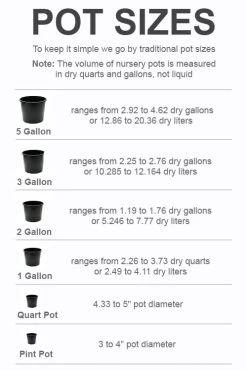



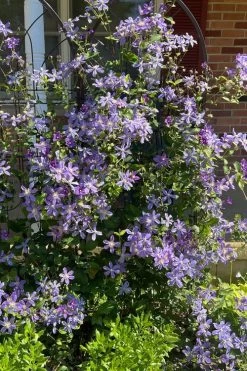



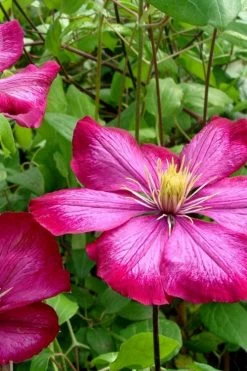
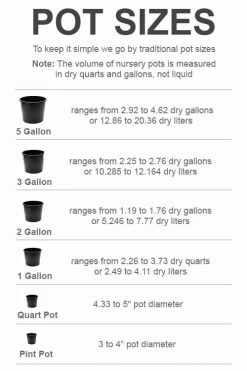




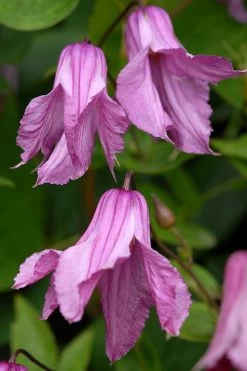



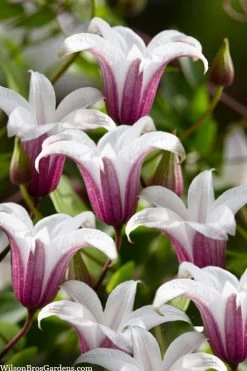
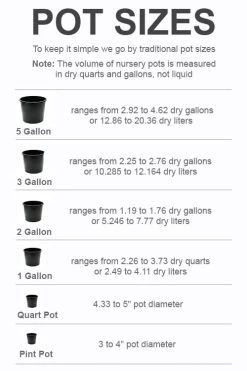
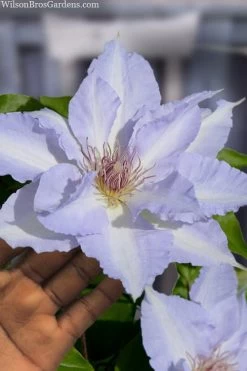



Reviews
There are no reviews yet.